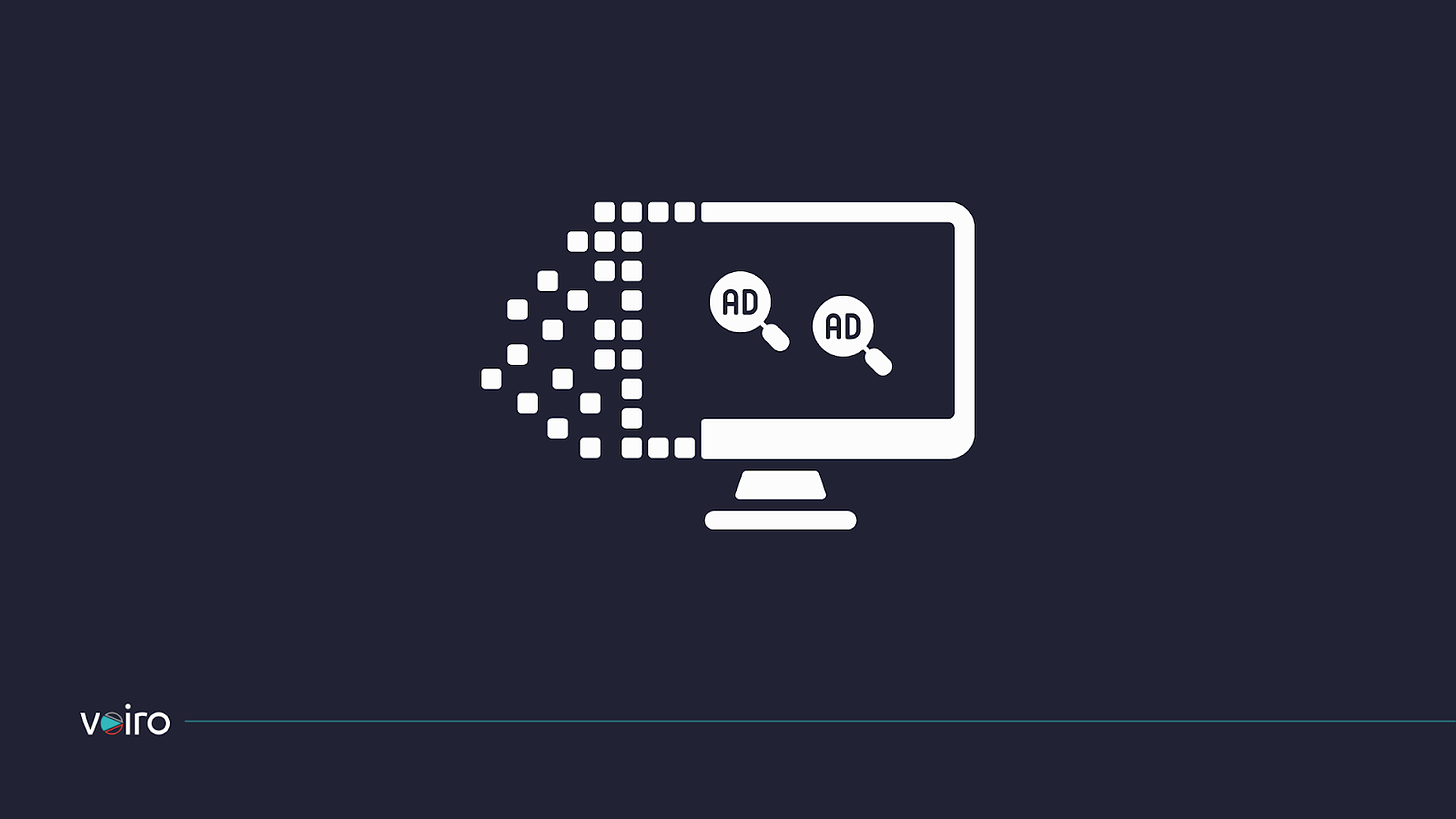Meet us at

on 3rd & 4th October









You can also listen to this entire episode on:
🎧 Apple Podcast: https://apple.co/3RmBW8G
🎧 Spotify: https://spoti.fi/3cChqSR
🎧 Google Podcast: https://bit.ly/3wTnMUO
When Google AdWords (now known as Google Ads) was first introduced to internet users in October 2000, it was said that “the AdWords program is one of the best-kept secrets on the web.”
Today, this self-service platform is one of the biggest revenue generators for the tech giant and everyone’s in on the secret. Other companies like Facebook, Amazon, and Spotify launched their own self-service programmes offering advertisers and agencies a bouquet of options to choose from where they can create, run and manage campaigns.
So, what is a self-service ad platform? What are the benefits and why publishers and sellers of ad practices should be careful about their self-serve strategies?
Kavita Shenoy, Anand Gopal and Jithin George break down what a self-serve portal is and why it is considered one of the most popular methods of content monetisation.
We also take a look at fighting FOFO in programmatic advertising chains and what’s the latest in the Twitter-Musk saga. Read on.
The Deep Dive

It’s fair to say that the ultimate self-serve model today is probably AdWords. They have made it easy for advertisers of any size and form to put between 70 and 100% of their ad spend on AdWords. AdWords helps you figure out how to find your audience and which publishers to go for, and they even optimise the ad for you.
From a publisher’s perspective, AdWords allows publishers to get on board and start monetising their content. As they grow, they can opt for one of several strategies, like having a direct sales team making some of the inventory accessible in the open auction or the programmatic market or having a self-serve portal. It’s important to do this right to avoid cannibalising demand. Suppose the Holy Grail for a publisher is to have a guaranteed relationship with the right advertisers. In that case, the self-serve portal is a great stepping stone in that direction, as publishers can get better deals and pricing with no middlemen.
From an advertiser’s perspective, they love a self-serve portal because they have control. They get their reports directly and access their ad spend data in real time. It’s also attractive for smaller buyers who might not have the money that warrants a conversation with your sales representative.
And if you build the right portal, it’s a healthy alternative to Google and Facebook because if you compete with Google and Facebook, you cannot do that only on the back of your content. You have to ensure that it fits right and avoid over-indexing. It’s important to focus on the advertiser experience and avoid the following three mistakes while launching a self-serve strategy. One, don’t forget to drive the self-serve portal, two, don’t forget to drive SEO, or no one will discover it. And lastly, don’t stop learning from your peers. Because once you’re on this bandwagon, you must be very competitive.
Weekend in Review

EBiquity has found that 20% of all digital ad spend gets lost in the programmatic supply chain and nobody knows what’s happening there. According to ISBA’s 2020 report, publishers receive approximately 51% of the ad spend, of which 15% can’t be attributed to anyone. So, why do advertisers put up with this?
The Voiro View
The Adexchanger podcast attributes this to FOFO or Fear Of Finding Out. This is not a fun conversation to have with the boss and might as well be a fireable offence. Advertisers have come to terms with the programmatic ad runs and just want to go on about their lives as long as they get some returns on their ad spends. But this is a problem worth solving because more efficient ad spend can be of great value to everybody. Revenue that leaks goes into nobody’s pocket or, worse, to a fraudster’s pocket. In light of everything evolving with the web, it’s time to clean up the programmatic supply chain and address the idea of fraud because it’s just as important as privacy or identity or any other trend we’re seeing in advertising.

With the Twitter trial looming closer, Elon Musk has called upon whistleblower and Twitter’s former security in charge Peiter “Mudge” Zatko, to shed some light on the inner workings of Twitter. Zatko has previously filed a complaint against the social media company. According to the complaint, Zatko says he has witnessed “egregious deficiencies, negligence, willful ignorance, and threats to national security and democracy” within the company, which Twitter tried to hide from its investors and regulators.
The Voiro View
One of the reasons Musk pulled out of the Twitter deal is because he believes that Twitter underreported the percentage of spam bots in its audience. While Twitter has traditionally reported the fact that 5% of all of their audiences are bots, Musk believes it’s closer to 80%. A lot of people have believed that it is somewhere in the middle. Now, Zatko is a very respected, ethical hacker. He was also the Chief Security Officer of Twitter. And he has dropped the bomb on this entire deal because he has published a report that talks about the ignorance of the board. What is sad is that Twitter is a great product and many of us use it to get our news, information, and entertainment. But the company is spending so much time fighting over this rather than focussing on the product and trying to innovate.
© 2024 Voiro. All rights reserved
